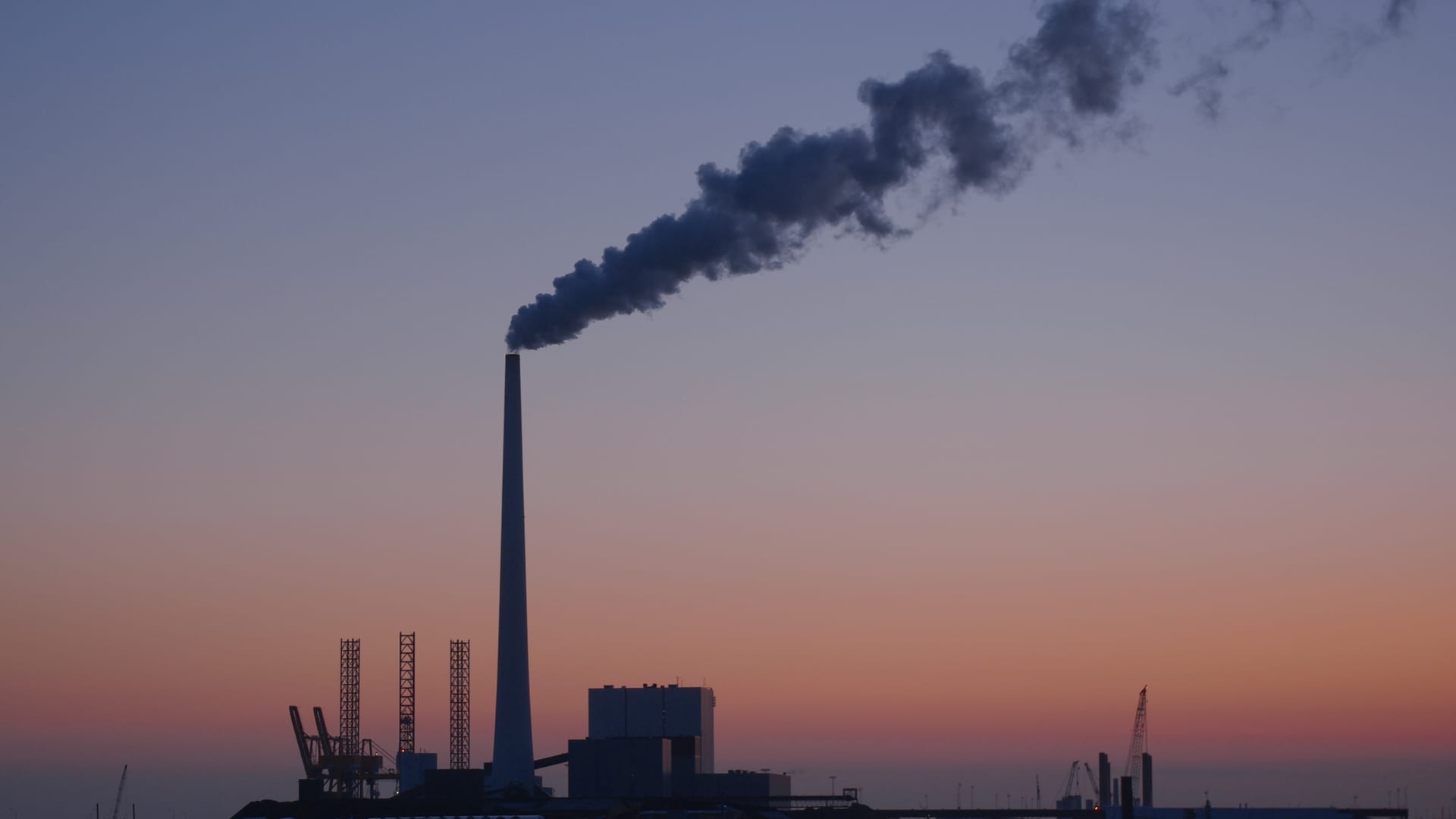Energy
Tuesday, September 6th, 2022 11:00 am EDT

Malawi has one of the lowest electrification rates on the African continent. Access to electricity is still below 20%. Malawi has a population of about 19 million. The majority of the population lives in rural areas, and those with access to electricity in rural areas are estimated to be around 1%. The country’s electricity company EGENCO has an installed electricity generation capacity of 442 MW. 391 MW is from hydro power plants and 51.4 MW is in the form of thermal power plants. EGENCO operates four hydro power stations at Nkula, Tedzani, Kapichira, and Wovwe.
Malawi has very little reserve margin and with demand often exceeding available supply, its strained grid system hampers availability at times, resulting in load-shedding. This stressed grid affects the reliability and quality of the overall power supply situation. In a bid to improve the situation, Malawi has been working with several partners to increase its installed generation capacity as well as diversity the energy mix. InfraCo Africa, JCM Clean Power Development Fund (JCM), and a local developer, Matswani, recently co-developed the 60 MW Salima Solar project. The PV plant is situated 75 km east of Malawi’s capital, Lilongwe, and is now delivering to Malawi’s national grid.
The Golomoti solar plant is another recent addition. The plant is a 20 MWAC solar photovoltaic project coupled with a 10 MWh lithium-ion battery energy storage system at Dedza, approximately 100 km south east of Lilongwe. The plant is connected to the adjacent Golomoti substation and power is evacuated via a 132 kV transmission line. This is another welcome development that is now delivering some much-needed power to Malawi’s national grid. The Golomoti solar plant is the first utility-scale plant in Malawi that is integrated with a battery energy storage system.
The Government of Malawi (GOM), IFC, Scatec, and EDF have just announced the signing of a binding commercial Agreement to undertake the co-development of the Mpatamanga hydropower project. The agreement was signed under Malawi’s Public-Private Partnership framework. The 350 MW plant will be located on the Shire River. The generation facility is composed of two plants – a 309 MW peaking plant and a 41 MW downstream plant. The project is expected to contribute to reducing energy shortages and enhancing energy security in Malawi. The 309 MW plant with its reservoir storage is designed to provide much needed energy during peak demand hours of the day and overall grid stability with its ability to ramp up or down production to meet actual demand.
Scatec, and its venture partners British International Investment (BII) and Norfund, and EDF are majority shareholders in the project and will own 55% of the project, split equally between them. EDF will own 27.5%, while Scatec has an ownership of 14%, and the venture partners the remaining 13.5%. The Government of Malawi will own 30%, and IFC 15% of the total project shareholding.
Hydropower can play a critical role in Africa’s renewable energy development. Mpatamanga will deliver electricity to approximately two million people and save 520,000 tons of CO2 emissions per year.
“The 350 MW Mpatamanga Hydropower Project will not only double the installed capacity of hydropower in Malawi, but also improve the power supply security, provide opportunities for increased renewable energy generation capacity in the country and contribute to the controlling of the flow of the Shire River downstream the power plant. The GOM is indebted to its Partners in achieving this milestone which is a major step in the development of this Project”, says Minister of Energy in Malawi, Honourable Ibrahim Matola.
“IFC supports the Government of Malawi’s goal to accelerate access to affordable clean energy. The Mpatamanga hydropower plant has the potential to grow Malawi’s electricity infrastructure and connect thousands of rural and remote households while also spurring green, inclusive, and resilient growth in the country,” said Jumoke Jagun-Dokunmu, IFC Regional Director for Eastern Africa.
“This is a significant development in the realisation of the Mpatamanga project. We are excited to build on our hydro portfolio in Africa – and are proud to have finalised development plans alongside our partners. The country of Malawi will receive a significant investment into its power sector, which in turn will stand to benefit a major portion of the nation’s population. We look forward to reaching further development milestones for this project – and contributing to Africa’s renewable energy journey,” says Scatec CEO Terje Pilskog.
“We are proud to contribute to Mpatamanga project which is a great opportunity to bring our technical expertise in hydropower and our strong environmental and social commitment in favor of local communities and biodiversity. The signing of this partnership strengthens EDF’s position in Africa, a strategic region for our development. This competitive project will significantly enhance the access to electricity in Malawi and is fully in line with EDF’s ambition to build a net zero energy future with electricity and innovative solutions that drive economic development.” says Béatrice Buffon EDF Group Senior Executive Vice-President, International Division.
The new plant will help raise Malawi’s generation capacity to close to 1 GW. In a country of over 19 million and very low electricity access, a whole lot more capacity will need to be added soon.
Appreciate CleanTechnica’s originality and cleantech news coverage? Consider becoming a CleanTechnica Member, Supporter, Technician, or Ambassador — or a patron on Patreon.
Don’t want to miss a cleantech story? Sign up for daily news updates from CleanTechnica on email. Or follow us on Google News!
Have a tip for CleanTechnica, want to advertise, or want to suggest a guest for our CleanTech Talk podcast? Contact us here.
Advertisement
This post has been syndicated from a third-party source. View the original article here.



